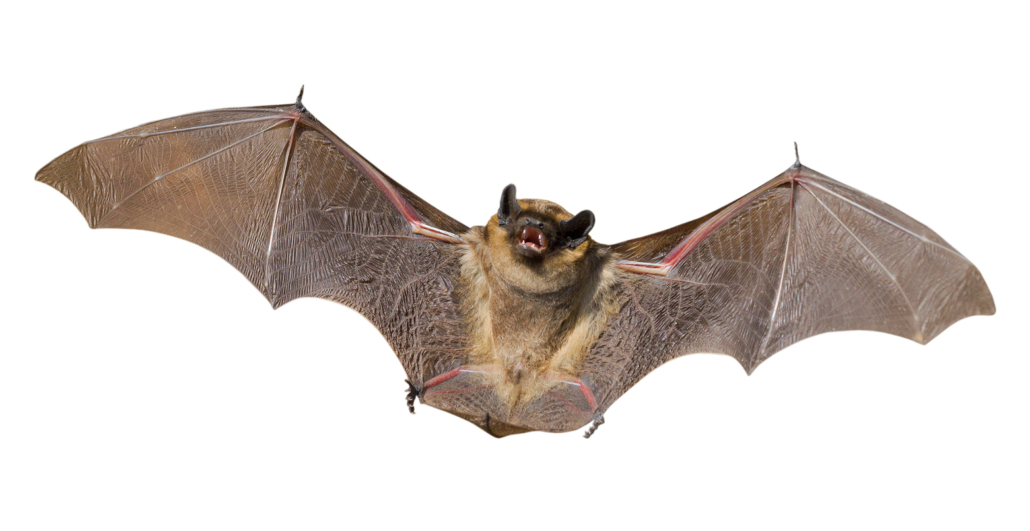SOLON & BEYOND: No news! so this is what Leif and I did in our travels
by Marilyn Rogers-Bull & Percy
grams29@tds.net
Solon, Maine 04979
Good morning, dear friends. Don’t worry, be happy!
Here I sit once again at this computer, hoping against hope to find some news that I can share with all of you. But there is nothing… and so I’ll write a bit about what Lief and I have been doing. We have been on the road quite a lot. Last weekend, we spent three days up in Lief’s favorite, the ‘County.’ We had a wonderful time, visiting with some of his family, and going to his annual school reunion supper. On Saturday the veterans were honored in the parade, and Lief was among them on a float with many of his friends. It had rained in the early morning, but cleared up before the parade started.
Many of the fields were full of different crops: potatoes, wheat, grain, cabbages, and some others; but there was a new one added this year! Acres and acres of sunflowers, all in bloom! Such a beautiful sight, it was breath taking for our artists ‘ eyes to see so many different colors in the wide open spaces up in that county.
Now, I’m going to share with all of you about the mystery that Lief and I are having to put up with, (especially with all the traveling we’ve been doing!) Lief had discovered some evidence a while back that we had some unwanted critters traveling with us. He found lots of torn up toilet paper in the back under the seats and other things that were wrong. We had discovered the problem on one of our trips up to camp. Eleanor had given Lief two mouse traps as we were leaving, and they put peanut butter on both traps. The next morning after we got home, he checked the traps and lo and behold, the peanut butter was gone but the trap had not been sprung! My only explanation is, there must be two of these critters, and one holds the spring while the other one eats the peanut butter, and then they switch places!
Anyway, we haven’t been able to corner whatever has been traveling with us, and when we were on the interstate traveling to the ‘County,’ I suggested that it might be wise not to go 75 miles an hour, because if that “whatever it is” climbs up my leg, I’m going to yell bloody murder! We did make it up to the county and back, as you can see.
And so, as always, I would love to hear from you, with some of your news, but since I haven’t recently, ” I’m going to end with more of Percy’s memoirs.
One entitled: Little Things: It’s not the great things in this world that make our lives worthwhile, It’s the little things like a tiny flower or perhaps a baby’s smile. A little word, sincerely spoken, can lift our spirits high; Like a tiny bird perched on a limb sends his message to the sky. A little dewdrop on a rose and tiny blades of grass, All sparkle in the sunlight, to cheer us as we pass. The lovely johnny jumpups, the smallest flower that grows, Delight the heart of youngsters peeping up around their toes. A friendly gesture or a smile mean more to me than gold. They help us feel that someone cares when we are growing old. Money cannot buy the things that mean so much to me, They are part of God’s creation, and all of them are free. (words by Laina Owen.)
And now for two that I hope give you a good laugh. They were sent to me back in 2002. In a Uniontown, Pennsylvania, cemetery: Here lies the body of Jonathan Blake. Stepped on the gas instead of the brake. And this one, on the grave of Ezekial Aikle in East Dalhousie Cemetery, Nova Scotia: Here lies Ezekial Aikle. Age 102. The Good Die Young.
May you all have a wonderful week! Will try and gather up more news next week.




 Have you ever defrosted your windshield or washed a home window using Coke? Gargling with Coke for a sore throat; why not just drink it? Soaking a steak covered in Coke to tenderize (I could probably follow that recipe for a marinade!)
Have you ever defrosted your windshield or washed a home window using Coke? Gargling with Coke for a sore throat; why not just drink it? Soaking a steak covered in Coke to tenderize (I could probably follow that recipe for a marinade!)

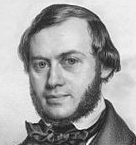
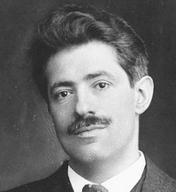

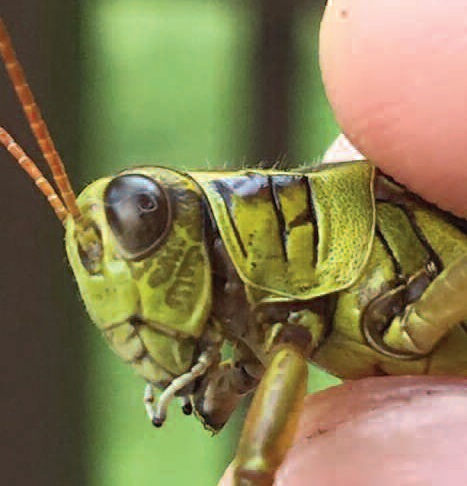
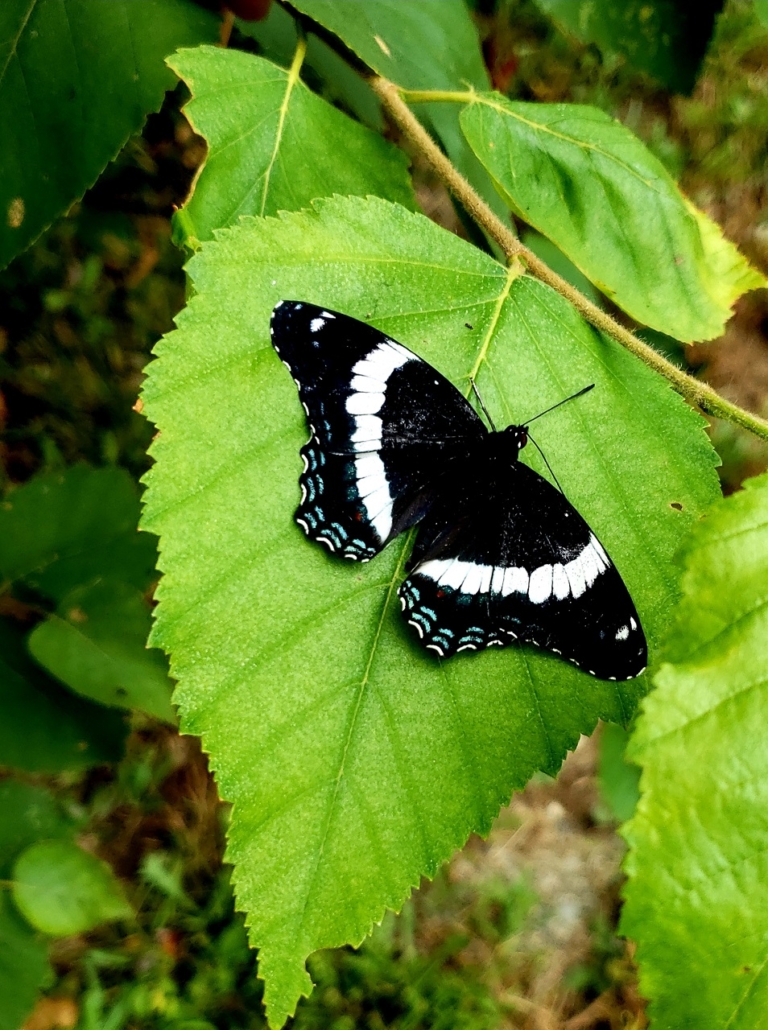



 (NAPSI)—It can be overwhelming and confusing to know where to start if you need to find treatment for an alcohol or drug addiction. Addiction touches nearly everyone in some way, yet there is no one-size-fits all approach to effective treatment. With many addiction treatment options, finding a program that will provide the quality care you or your loved one needs to address their specific addiction issues can be challenging. These steps will help you know what to look for to find a treatment program that is high quality and tailored to your needs.
(NAPSI)—It can be overwhelming and confusing to know where to start if you need to find treatment for an alcohol or drug addiction. Addiction touches nearly everyone in some way, yet there is no one-size-fits all approach to effective treatment. With many addiction treatment options, finding a program that will provide the quality care you or your loved one needs to address their specific addiction issues can be challenging. These steps will help you know what to look for to find a treatment program that is high quality and tailored to your needs.